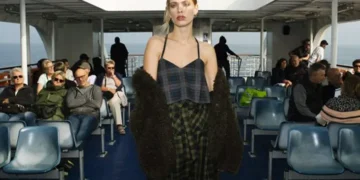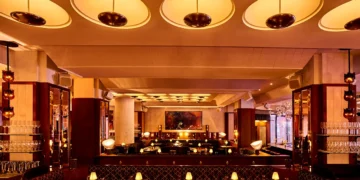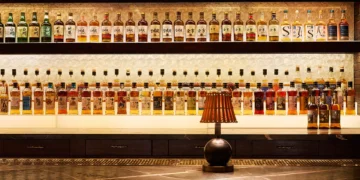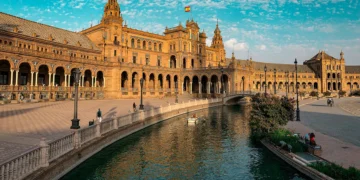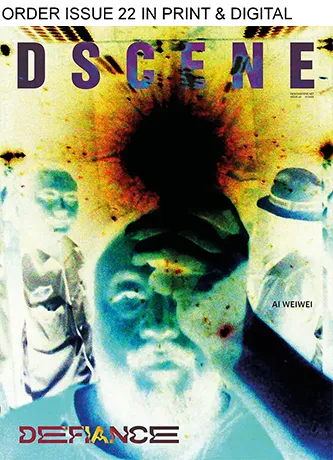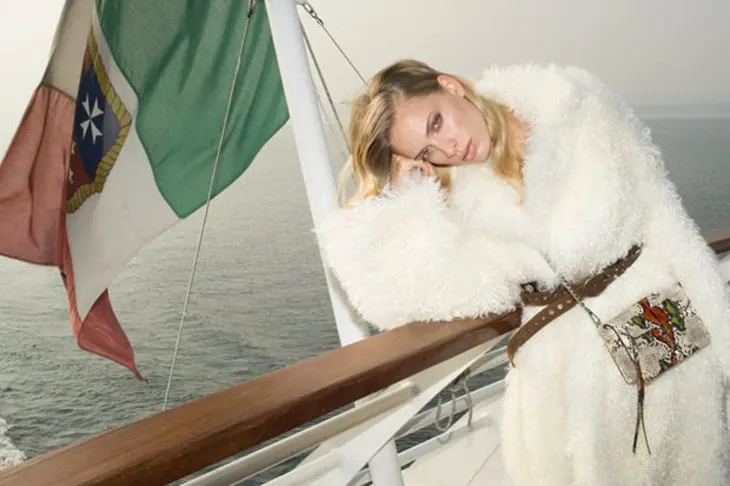
Luxury cruises and their industry are sailing into uncharted waters of success, driven by a growing demand for unique travel experiences. However, as the market expands, so do the challenges, particularly in sustainability. A concern on top of the mind for many contemporary travelers. With increasing scrutiny on environmental impacts, the cruising industry is re-imagining its operations to align with global sustainability goals while offering unparalleled luxury and educational experiences.
DSCENE Travel team investigates luxury cruises, and where they are now:
Navigating Sustainability Challenges
Luxury cruises are often criticized for their environmental footprint, from emissions to their impact on marine ecosystems. Addressing these concerns has become a crucial part of the industry’s evolution. Many companies are now investing in advanced technologies and eco-friendly practices to minimize their environmental impact. For instance, the use of cleaner fuels, energy-efficient ship designs, and waste reduction measures are becoming industry standards.
One standout example is Swan Hellenic Luxury Cruises, their fleet of boutique ships is designed with sustainability at its core. Swan Hellenic employs Tier III diesel-electric generation with Selective Catalytic Reduction units, which significantly reduce harmful emissions. Their advanced hydrodynamic ship designs achieve 20-40% lower fuel consumption compared to vessels built a decade ago. Additionally, the use of ultra-low consumption LED lighting, intelligent climate control systems, and potable water treatment systems eliminates the need for bottled water onboard. These initiatives demonstrate an example of how a luxury cruising companies must show on example its commitment to protecting fragile ecosystems while delivering a luxurious experience.
Moreover, Swan Hellenic’s ships are equipped with dynamic positioning systems, which prevent the need for dropping anchors in delicate environments, and are ready for plug-in battery packs to enable emission-free stays in port. These efforts set a benchmark for the industry, proving that luxury and sustainability can coexist.

Beyond Entertainment: Educational Routes and Smaller Eco-Friendly Ships
Luxury cruising is no longer just about indulgence and entertainment. Increasingly, travelers are opting for cruises that provide educational routes, particularly to destinations like Antarctica and Alaska. These voyages offer passengers the opportunity to learn about the regions’ unique ecosystems, wildlife, and the ongoing impact of climate change. Such experiences not only enrich travelers but also foster a deeper understanding of the need for environmental preservation.
In addition to educational routes, the rise of smaller, eco-friendly ships is reshaping the luxury cruise landscape. These vessels are designed to navigate sensitive environments with minimal impact, allowing passengers to explore remote destinations responsibly. This shift towards smaller, sustainable cruising options aligns with the growing demand for conscious travel experiences.
Responsible Cruising: A Shared Responsibility
While notable cruise companies are making strides in sustainability, passengers also play a vital role in reducing their environmental impact. Choosing a cruise line that prioritizes eco-friendly practices is an essential first step. Platforms like Cruise Lines International Association (CLIA) and Green Marine provide valuable insights into the sustainability efforts of various cruise operators, helping travelers make informed decisions.
In addition to selecting responsible cruise lines, travelers can adopt everyday habits to further minimize their carbon footprint. For instance, bringing reusable water bottles, avoiding single-use plastics, and packing eco-friendly toiletries can significantly reduce waste during a trip. Supporting brands with sustainable practices and being conscious of energy use, both onboard and at home, are also impactful.

Moreover, passengers can offset their travel emissions by investing in carbon offset programs. Many organizations, such as Carbonfund.org or Gold Standard, allow individuals to contribute to projects that reduce greenhouse gases, such as reforestation or renewable energy initiatives. By combining the efforts of cruise companies and environmentally conscious travelers, the industry can move closer to achieving a more sustainable future. Responsible cruising is not just about enjoying luxury; it’s about ensuring that the breathtaking destinations we explore remain pristine for generations to come.
Future of Luxury Cruises
As the luxury cruise industry continues to grow, its success will depend on its ability to balance indulgence with environmental responsibility. Companies working hard on making the industry cleaner are leading the way, proving that innovation and sustainability can go hand in hand. For travelers seeking a blend of luxury, education, and eco-consciousness, the future of cruising holds endless possibilities and the luxury behind it is tied in with the companies sustainability efforts.
By prioritizing sustainability, offering educational experiences, and embracing smaller, eco-friendly ships, the luxury cruise industry is charting a course towards a more responsible and rewarding future. Whether exploring the icy landscapes of Antarctica or the rugged beauty of Alaska, luxury cruises are redefining what it means to travel in style, without compromising the planet.
All images from DSCENE Travel story CRUISE by Fabio Bozzeti and Sami Oliver – discover the complete shoot.
